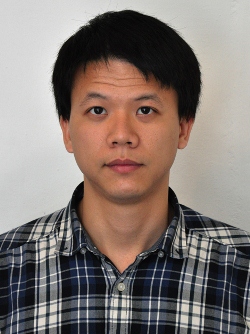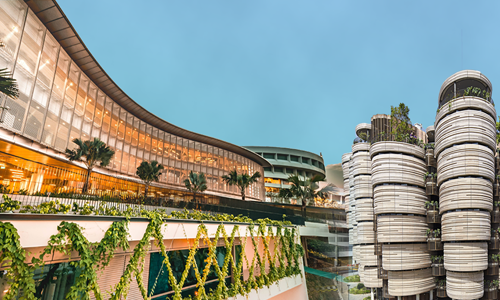Introduction
Despite rapid development of additive manufacturing (AM), lack of quality assurance and repeatability in AM printed parts remains a major obstacle hindering widespread adoption of AM technologies. Process monitoring and inspections are identified as an
effective approach to improve the part quality and repeatability.
This course provides an overview of key techniques for process monitoring and quality control of AM processes. First, relevant signals, sensors, and systems in process monitoring
and inspection techniques are discussed. Subsequently, monitoring signatures of printing process and possible defects interpreted from the monitoring signatures are reviewed. Major methods for quality control and feedback control are then presented,
followed by a summary of associated standards and toolkits. Finally, future outlook on the process monitoring is outlined.
 |
Download Brochure |
At the end of this course, the learners will learn:
1. Recognize the role and significance of process monitoring in AM process.
2. Understand the working principles of commonly used process monitoring methods, and related signals, signals, sensors, systems, advantages and disadvantages, and general applications cases.
3. Know how to implement in-principal quality and feedback control in process monitoring.
4. Be aware of relevant industry standards and tools, and the future development trends.
Day 1
1. Backgrounds
a) Additive manufacturing
b) Process monitoring and inspection
2. Signals, sensors and techniques for process monitoring
a) Optical signal
b) Thermal signal
c) X-ray signal
d) Acoustic signal
e) Other signals
For each signal, we introduce its corresponding sensors, the practice of use, advantages and disadvantages, and general applications in AM process monitoring.
3. Applications in AM processes
a) PBF process
b) DED process
c) Material extrusion process
d) Other AM processes
For each process, we introduce the typical monitoring system, signatures, and detected defects.
4. Quality / Feedback control
a) Process parameters
b) Signal processing and feedback control
i. Convectional method
ii. Machine learning (ML) approach
c) ML Applications in AM process and process monitoring
Day 2
5. Lab tour/demo of plastic printing
Lab tour/demo of power bed fusion printing
Lab tour/demo of process monitoring in AM process
6. Standards and toolkits
a) Relevant ASTM and ISO standards
b) Some codes or tools for process monitoring
7. Insights and future outlook
8. Summary
Discussion and Assessment
This course is suitable for
1. Those operating the process monitoring machines in AM and other related fields.
2. Engineers working on the standardization of process monitoring in AM process and the development of monitoring machines, softwares, tools, etc.
3. Graduate students/researchers interested in the process monitoring of AM process.
Standard Course Fee: S$1,744.00
|
SSG Funding Support |
Course fee |
Course fee payable after SSG funding, if eligible under various schemes |
|
|
|
BEFORE funding & GST |
AFTER funding & 8% GST |
AFTER funding & 9% GST |
|
Singapore Citizens (SCs) and Permanent Residents (PRs) (Up to 70% funding) |
S$1,600.00 |
S$518.40 |
S$523.20 |
|
Enhanced Training Support for SMEs (ETSS) |
S$198.40 |
S$203.20 |
|
|
SCs aged ≥ 40 years old |
|||
• NTU/NIE alumni may utilise their $1,600 Alumni Course Credits. Click here for more information.
Note: Course fee payment made before 1 Jan 2024 will be subject to GST at 8%, and payment made on or after 1 Jan 2024 will be subject to GST at 9%.















/enri-thumbnails/careeropportunities1f0caf1c-a12d-479c-be7c-3c04e085c617.tmb-mega-menu.jpg?Culture=en&sfvrsn=d7261e3b_1)

/cradle-thumbnails/research-capabilities1516d0ba63aa44f0b4ee77a8c05263b2.tmb-mega-menu.jpg?Culture=en&sfvrsn=1bc94f8_1)

7e6fdc03-9018-4d08-9a98-8a21acbc37ba.tmb-mega-menu.jpg?Culture=en&sfvrsn=7deaf618_1)





